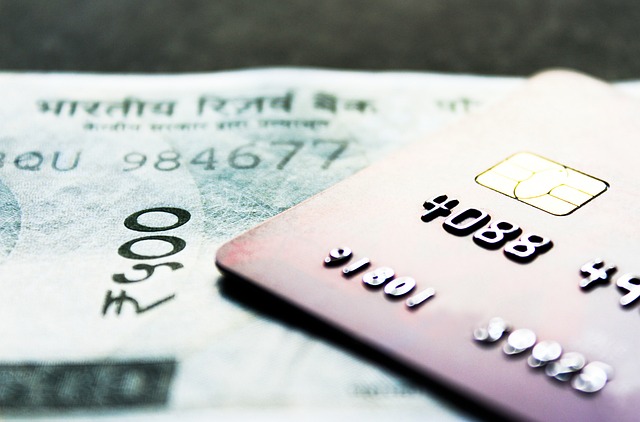Dance Fitness: A Rhythmic Revolution in Wellness
The field of fitness has always been one that thrives on innovation. From the humble beginnings of physical training in ancient societies to the dizzying array of workout methodologies available today, the journey has been one of constant evolution. Dance fitness, a fusion of dance and exercise, is one such innovation that has gained immense popularity in recent years. This article delves into the roots of dance fitness, its current trends, and its role in shaping the wellness industry.

The Origins of Dance Fitness
Historically, dance has always been a form of expression, a communal activity, and even a spiritual practice. The idea of combining dance and fitness can be traced back to the 1960s with the advent of Jazzercise, a blend of jazz dance and exercise, introduced by professional dancer Judi Sheppard Missett. With its emphasis on fun, music, and community, Jazzercise set the stage for the dance fitness boom.
The Rise of Zumba and Beyond
Zumba, arguably the most well-known dance fitness program, was born in the 1990s, incorporating elements of Latin and international music with cardiovascular exercise. Its popularity has grown exponentially since its inception, with millions of participants in classes across 186 countries. The success of Zumba has paved the way for various other dance fitness programs such as Bokwa, a South African dance workout, and Masala Bhangra, an Indian-inspired dance workout.
Current Trends in Dance Fitness
Today, dance fitness is a diverse and evolving field. One recent trend is the incorporation of dance styles from different cultures, like Afrobeat and K-pop, providing a global flavour to workouts. There is also a trend towards more holistic wellness, with programs blending dance with yoga or Pilates for a balanced mind-body experience. Dance fitness is also leveraging technology, with virtual classes and dance fitness apps becoming increasingly popular.
The Power of Dance Fitness
The benefits of dance fitness are manifold. It offers a full-body workout, improving cardiovascular health, strength, flexibility, and balance. The rhythmic nature of dance makes it a fun and engaging form of exercise, helping to combat fitness boredom. It is also a social activity, fostering a sense of community and belonging. Moreover, research suggests that dance fitness can enhance cognitive function and reduce stress, contributing to overall mental well-being.
Dance Fitness in the Wellness Industry
Dance fitness has made a significant impact on the wellness industry. It has broadened the concept of fitness, making it more inclusive and accessible. With its emphasis on enjoyment and community, it has changed perceptions of exercise, making it something to look forward to rather than a chore. Dance fitness has also opened up new avenues for fitness professionals, creating a demand for dance fitness instructors and choreographers.
In conclusion, dance fitness is a vibrant and dynamic field that is redefining the wellness landscape. By blending the joy of dance with the benefits of exercise, it offers a unique approach to fitness that is resonating with people worldwide. As it continues to innovate and evolve, dance fitness promises to remain at the forefront of the wellness revolution.





